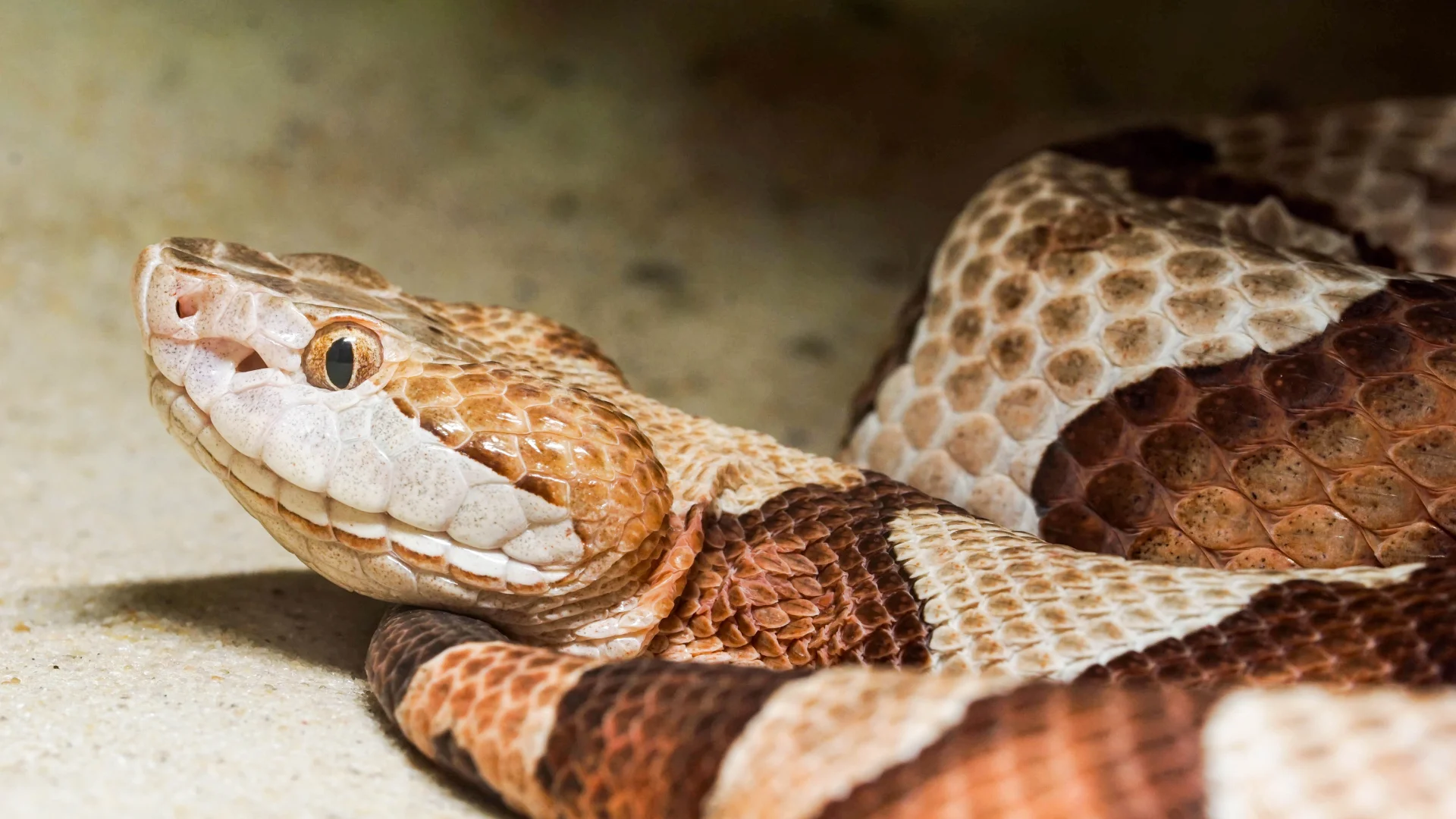
Study finds connection between warmer weather, increase in venomous snake bites
“The key factor to reducing negative encounters is education," the study's co-author said.
Warming temperatures in the U.S. state of Georgia appear to be driving a surge in snake bites, according to a recent study appearing in the journal GeoHealth.
Researchers have discovered every increase of a degree (Celsius) in daily temperatures corresponds with a 6 per cent rise in snake bites.
The World Health Organization (WHO) classifies venomous snake bites as a high-priority neglected tropical disease, affecting approximately 5 million people worldwide each year, resulting in up to 138,000 deaths.
Georgia is particularly susceptible to snake bites due to its high snake density and diversity. The state is home to 17 venomous snake species, seven considered medically concerning.
Also of note: Georgia is known for its mild winters and long, hot summers. As cold-blooded creatures, snakes tend to be more active during warmer weather.
"Snakes are ectotherms, meaning outdoor temperatures influence their internal body temperature and thus their behaviour," reads an excerpt from the study.
Researchers looked at statewide hospital data from 2014 to 2020, focusing on 3,908 hospital visits related to venomous snake bites. When comparing daily weather records to hospitalization data, they found a strong association between venomous snake bites and increased maximum daily air temperatures. An uptick in spider bites was also found, but the link was not as strong.
Most snake bites occurred in summer, but spring had the strongest link between bites and temperatures.
Noah Scovronick, the lead author of the study and an environmental scientist at Emory University, speculates that snakes become more active during the spring as they awaken from winter and look to reproduce. Summer temperatures might slow snakes down somewhat, but more research with species-level detail is needed to confirm this theory. Meteorological factors like humidity showed either weaker or no associations with venomous snake bite rates.
“We don’t know much about how weather — meaning short-term changes in meteorology — drive human-snake interactions, partly because a lot of dangerous snake bites occur in places that lack good data on causes of morbidity and mortality,” Scovronick said in a statement.
The study does not provide predictions for future snake bite occurrences, emphasizing the necessity of similar investigations in other states to understand nationwide risks.
Climate change and urban expansion increase the likelihood of human-snake encounters in Georgia.
“As human development in Georgia and especially the Atlanta area are expanding rapidly, human-snake encounters are going to continue to increase and already have,” Lawrence Wilson, a herpetologist at Emory University and a co-author of the study, said in a statement.
“Almost anyone who spends a lot of time outdoors will have encountered a copperhead or other venomous snake.”
The authors are calling on authorities and communities to understand how warming temperatures influence snake behaviour and take proactive measures to protect both human and snake populations.
“The key factor to reducing negative encounters is education,” Wilson said.
“Let people know what habitats snakes favour, such as places with dense groundcover, and they can be wary of such habitats. Snakes and people can live compatibly, even venomous snakes, as long as we respect and understand their habitats and needs.”
Header image: File photo/Canva Pro.










